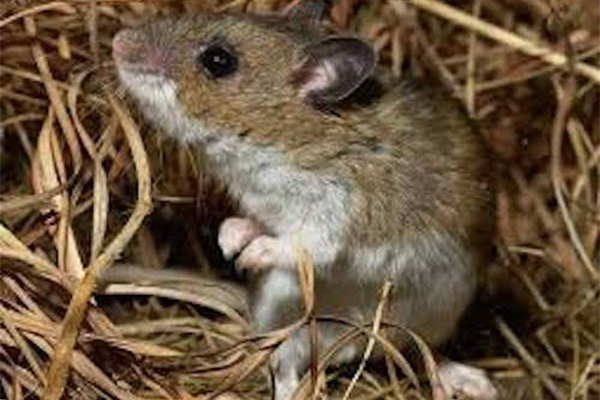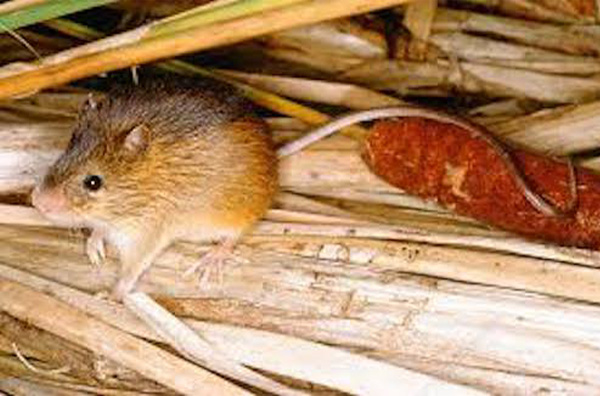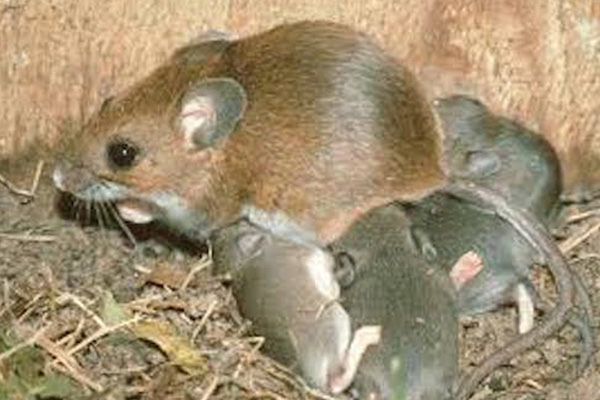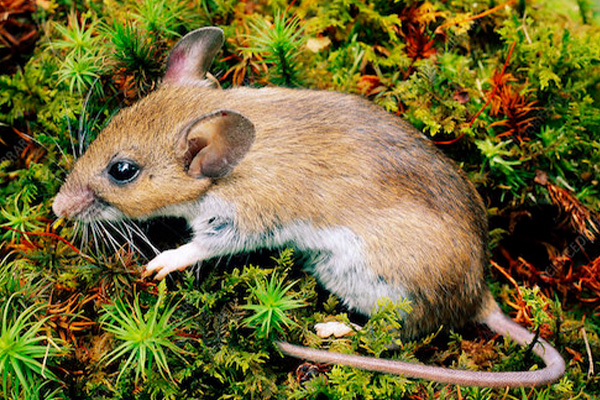Mice

Ask About Our
100% Eco-Friendly
Options

Mice Control In Central Wisconsin

Mice may be small, but they can cause big problems. mice are known to spread disease, destroy property, and contaminate food sources. If you suspect that you have a mice infestation, it’s important to take action quickly. The first step is to contact a mice Control company like 1st Choice Pest Control. Our team of experts will work quickly to identify the source of the problem and develop a customized mice removal plan. We will also take steps to prevent mice from returning in the future. Don’t let mice ruin your home – call 1st Choice Pest Control today!
While good sanitation will not eliminate house mice, poor sanitation will certainly attract them and allow them to thrive in great numbers. Remember that the house mouse must have access to a ready supply of food, water, and nesting materials to thrive. Sanitation measures should focus primarily on reducing these sources. To reduce house mouse populations, and to help keep them away, try the following sanitation measures:
- Store any bulk food items in large metal containers or other airtight containers with tight fitting lids, rather than bags or boxes that can easily be gnawed through.
- Remove clutter such as paper and cardboard that mice might use to build their nests.
- Keep dog food or other pet food stored in a Rubbermaid container overnight.
- Keep a tight fitting lid on all trash cans.
Once the problem has been eradicated we suggest the removal of any old contaminated insulation along with sanitizing the area. After that, it is time to replace the insulation or use a closed cell spray foam to seal off any entry points.
Frequently Asked Questions
Signs of a mouse infestation may include seeing mice or mouse droppings in or around your home, hearing scratching or gnawing sounds, and noticing damage to food or property.
Mice can enter your home through small cracks or gaps in walls or floors, as well as on items such as pipes or electrical wires
Effective mouse treatments may include using traps or bait stations, as well as sealing cracks and gaps in walls and floors to prevent mice from entering your home. It’s best to consult with a pest control professional for the most effective treatment plan.
To prevent mice from entering your home, seal any cracks or gaps in walls or floors, eliminate sources of food or garbage, and keep your home clean and clutter-free.
Types of Mice

Deer Mouse
Size: 4 – 6.5 inches
Weight: 10 – 24 g
Litters: 4 – 6 per year with about 6 – 7 young per litter
Breeding Season: Spring through Fall
It is called a deer mouse because the coloring of its fur resembles that of a deer, having dark on the dorsal surface, and white on the legs and underside. Its tails are also dark on top and white underneath, similar to that of a deer’s tail.

House Mouse
Size: 6 – 8 inches
Weight: 15 – 24 g
Litters: 6 – 9 per year with about 5 – 6 young per litter
Breeding Season: Spring through Fall
When living with humans, house mice nest in the walls, in storage areas, or in any protected spot near food. Though rarely seen, evidence of its whereabouts is found near human food supplies include chewed boxes, crumbs, and piles of feces. It makes its nest out of rags, paper, or anything else that is soft and can be shredded. Most house mice living with humans are active during the day. In the wild, the house mouse is mostly nocturnal, and lives in underground burrows with networking tunnels

Meadow Mouse
Size: 6.5 – 8.5 inches
Weight: 12 – 24 g
Litters: 3 – 7 per year with about 5 – 6 young per litter
Breeding Season: Spring through Fall
Meadow jumping mice are omnivores. Their diet consists mainly of grass seeds and surrounding vegetative seeds. They have been known to eat moth larvae as well as some species of beetle. Zapus also can feed on berries and other fruits

Western Harvest Mouse
Size: 6 – 8 inches
Weight: 15 – 24 g
Litters: 2 – 5 per year with about 2 – 9 young per litter
Breeding Season: Spring through Fall
The western harvest mouse appears to be strictly nocturnal. It is most active before midnight, on moonless or overcast nights. Minimum activity occurs between 6:00 am and noon. This mouse is active year-round utilizing trails built by other small mammals such as field voles.

White Footed Mouse
Size: 4 – 6 inches
Weight: 23 – 28 g
Litters: 5 – 7 per year with about 3 – 6 young per litter
Breeding Season: Spring through Fall
?White-footed mice have adaptations that allow them the ability to climb trees and be classified as semi-arboreal. One of those characters is the tail, used to prop the animal and create balance as they climb. This species generally nests near the ground, sometimes in rock piles, logs, stumps, and in-ground burrows. They construct their nest of materials such as grass, hair, feathers, leaves, bark, and moss.


 Service Request
Service Request